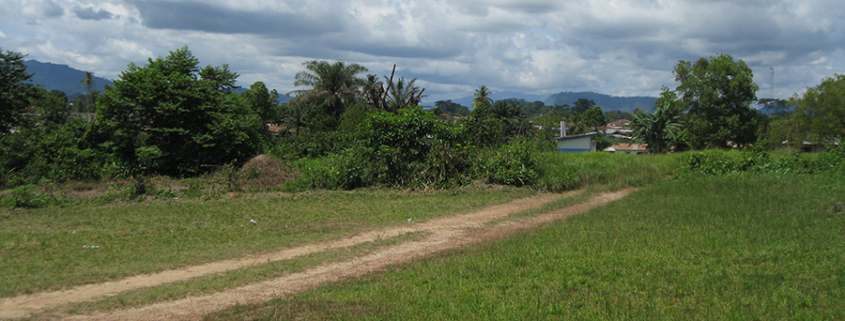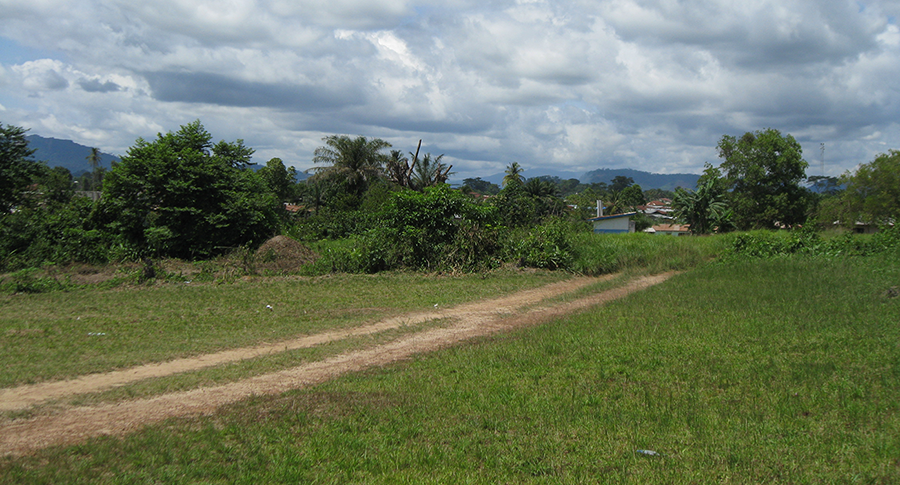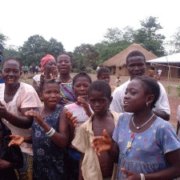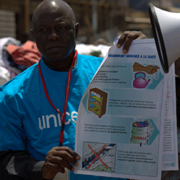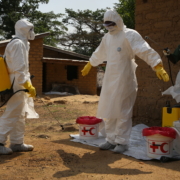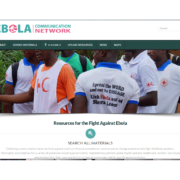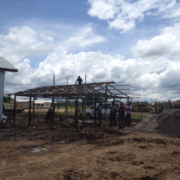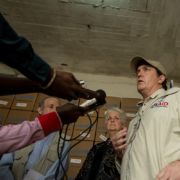Ebola, other Health Threats Challenges Resilience of Fragile Health Systems
The total number of Ebola cases crossed the 23,000 mark this week.
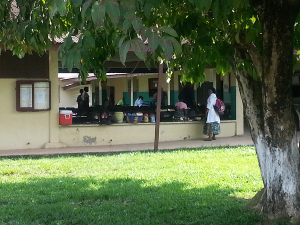
Phebe Hospital in Bong County, the tertiary hospital for the county. Photo courtesy of Anna Helland.
It’s a big number, and yet it still fails to show the total damage of the Ebola epidemic – not just the deaths, but the loss of trust, traditions and fragile health systems. NPR has a lovely multimedia piece on one Liberian community traumatized by Ebola that does show that toll. What is striking in the piece is not so much the trauma, though, but the resilience. Amid the trauma, we see the face and hear the words of a woman whose husband and his other wives have died of Ebola, and she is left to care for all of their children. “The same love their mothers gave to me, I give to them,” she says. I had to read that sentence twice to grasp that it wasn’t the love the mothers used to give to their children that she now tries to provide, but that she is dipping into a deep well of love these women had for each other. In the same story a man talks about what happened in his village and their work to pull themselves back together. He says “If my neighbor’s not happy, I’m not happy.”
Another NPR story profiles a grandfather who survived Ebola in an ebola treatment unit (ETU), and then stayed in the ETU to nurse his beloved five year old granddaughter through the disease. These are stories of family and community resilience and love, and they are moving and inspiring.
It would be so nice to conclude that because families are strong, and communities are resilient, that they will survive and thrive and we therefore haven’t failed them.
But the same NPR multimedia piece has photos of the community’s clinic, staffed by a nurse. There used to be a community health worker, too, but he died of Ebola. These photos give some idea of the fragility of the health structure in contrast to the resilience of the community.
How fragile are the health systems in Liberia, Sierra Leone and Guinea?
- The U.S. has 2.5 doctors for every 1,000 people. Liberia has 1 doctor for every 100,000 people.
- Sierra Leone, Liberia and Guinea rank 5, 8, and 13 in the global maternal mortality rate, reflecting an abysmal lack of access to and use of trained health providers during birth.
- The infant mortality rate in Sierra Leone, Liberia and Guinea had fallen dramatically in recent years, but their rates are still some of the highest in the world. In Liberia about 1 in every 10 infants dies before the first birthday.
- Per capita spending on health in Sierra Leone is $205, in Guinea it is $67, and in Liberia it is $102. If we stay in the “L” section of the WHO’s list of health indicators, we see that Lithuania spends $1,426 per capita, Lebanon spends $979, and wealthy Luxembourg spends $6,341 per person.
All of this before Ebola. And it isn’t as if these countries have inherently high rates of maternal and infant death; these rates are clear reflections of health care systems that don’t fully serve their populations, for a whole host of reasons.
Ebola has shone a harsh light on the fact that our global resilience to a virus like Ebola rests on the resilience of the health systems in Liberia and Sierra Leone and Guinea. There is no isolation, there are no islands, when it comes to global health. Perhaps it was tempting to think there were, and that the fragility of the Liberian health system was a tragedy only for Liberians. Other diseases and tragedies have illustrated our interconnectedness over the years – HIV/AIDS, SARS, avian flu, terrorism – but I wonder if this is the first time we have really seen how all countries are really only as resilient as that system built on that little clinic, staffed by that one nurse, in that village at the end of a dirt road in West Africa.

